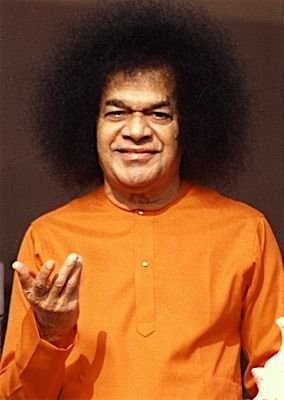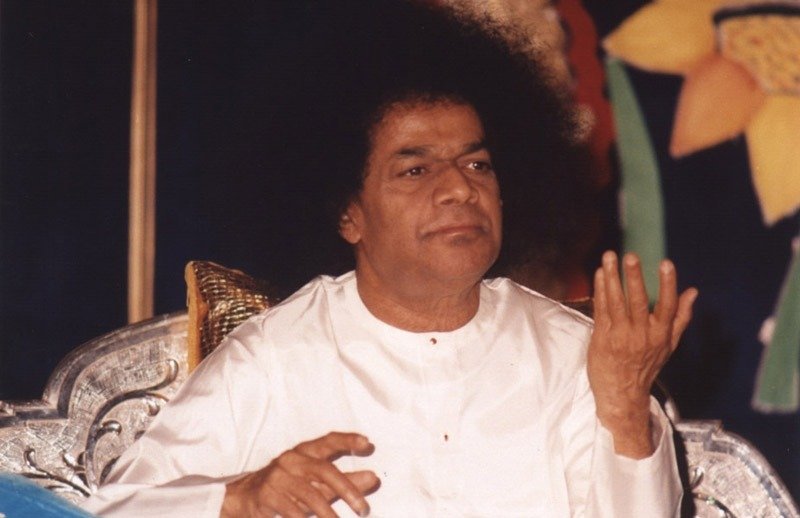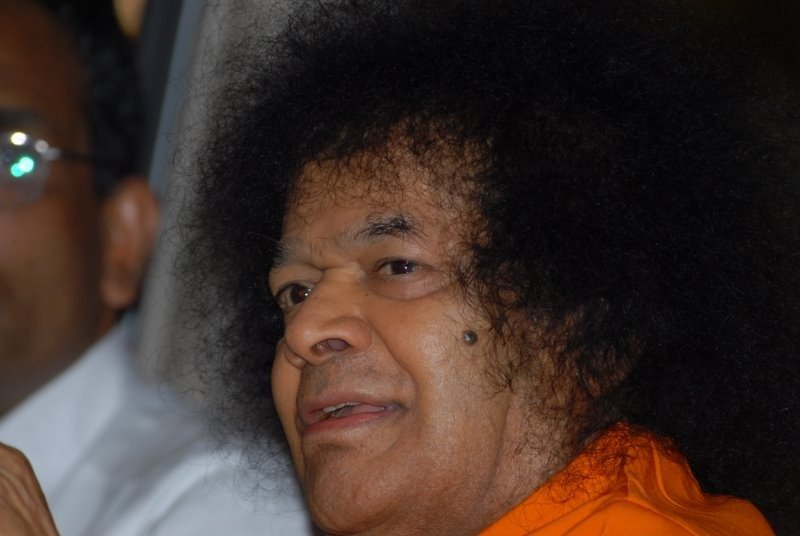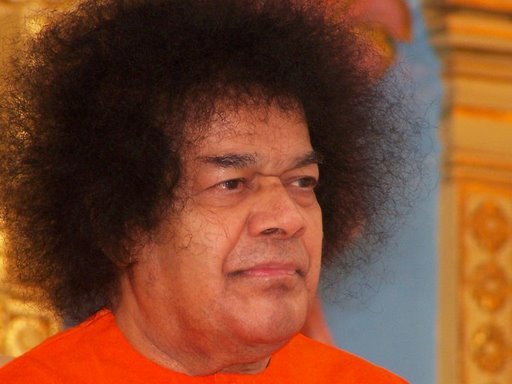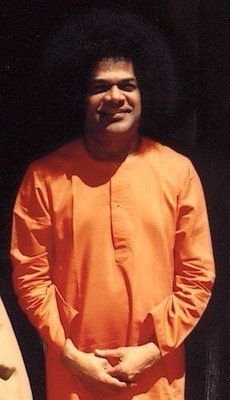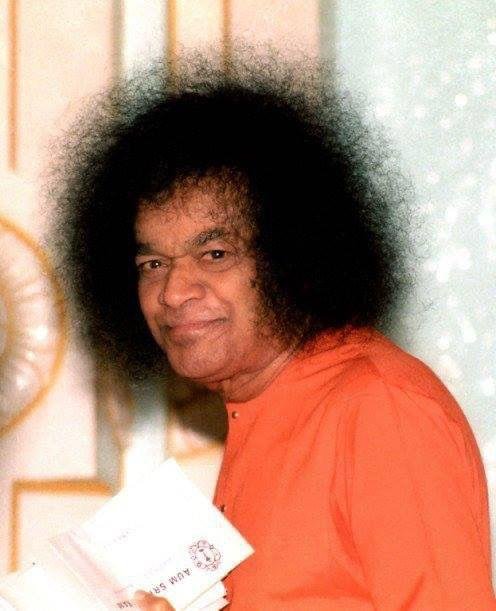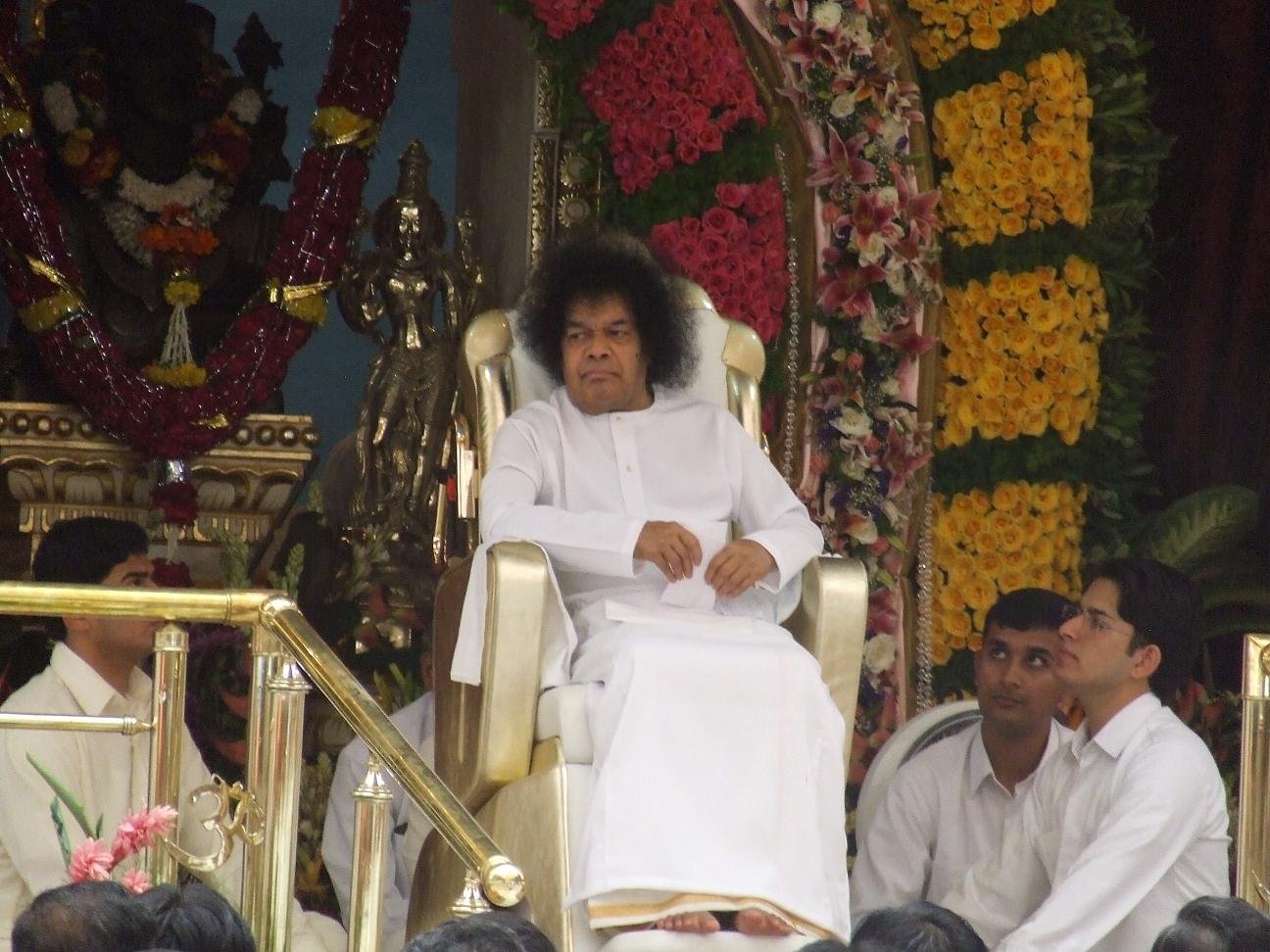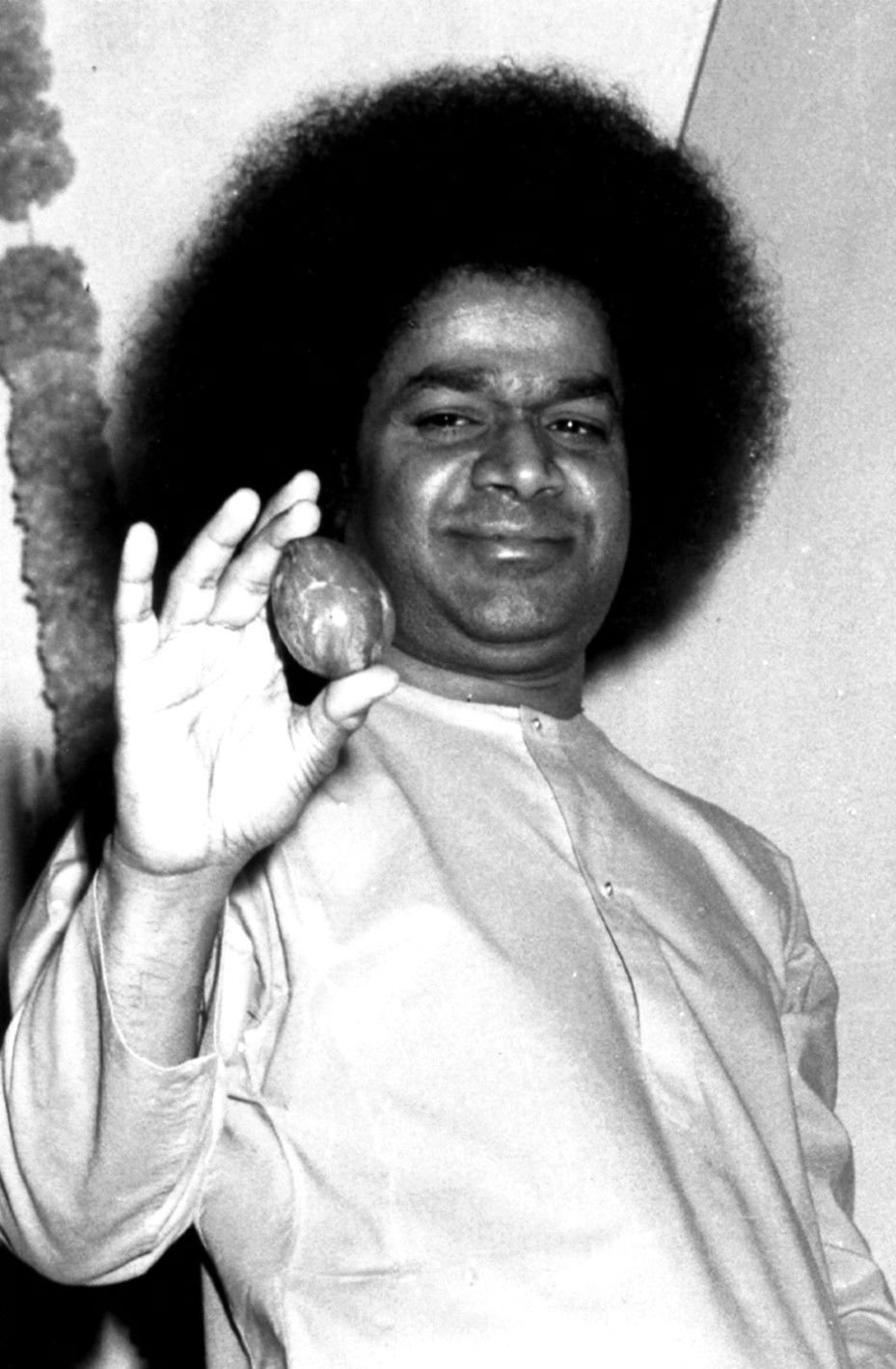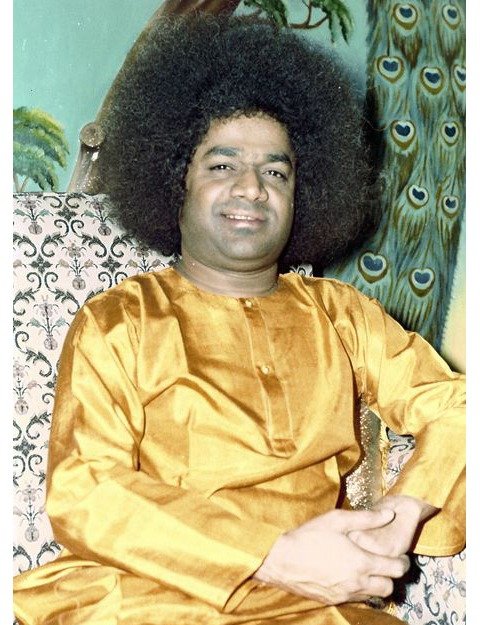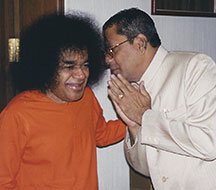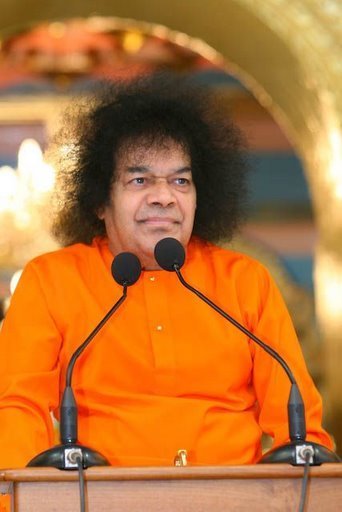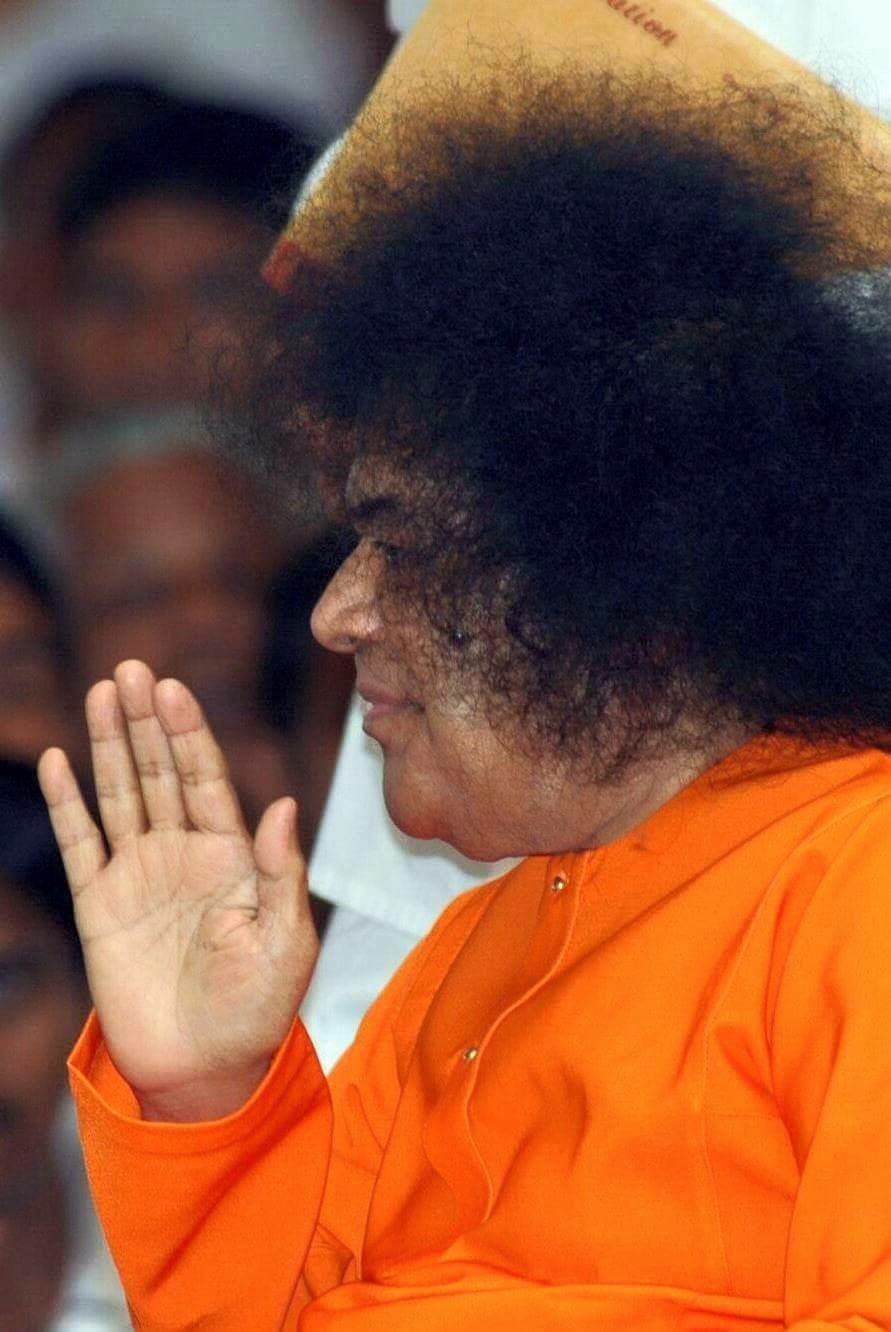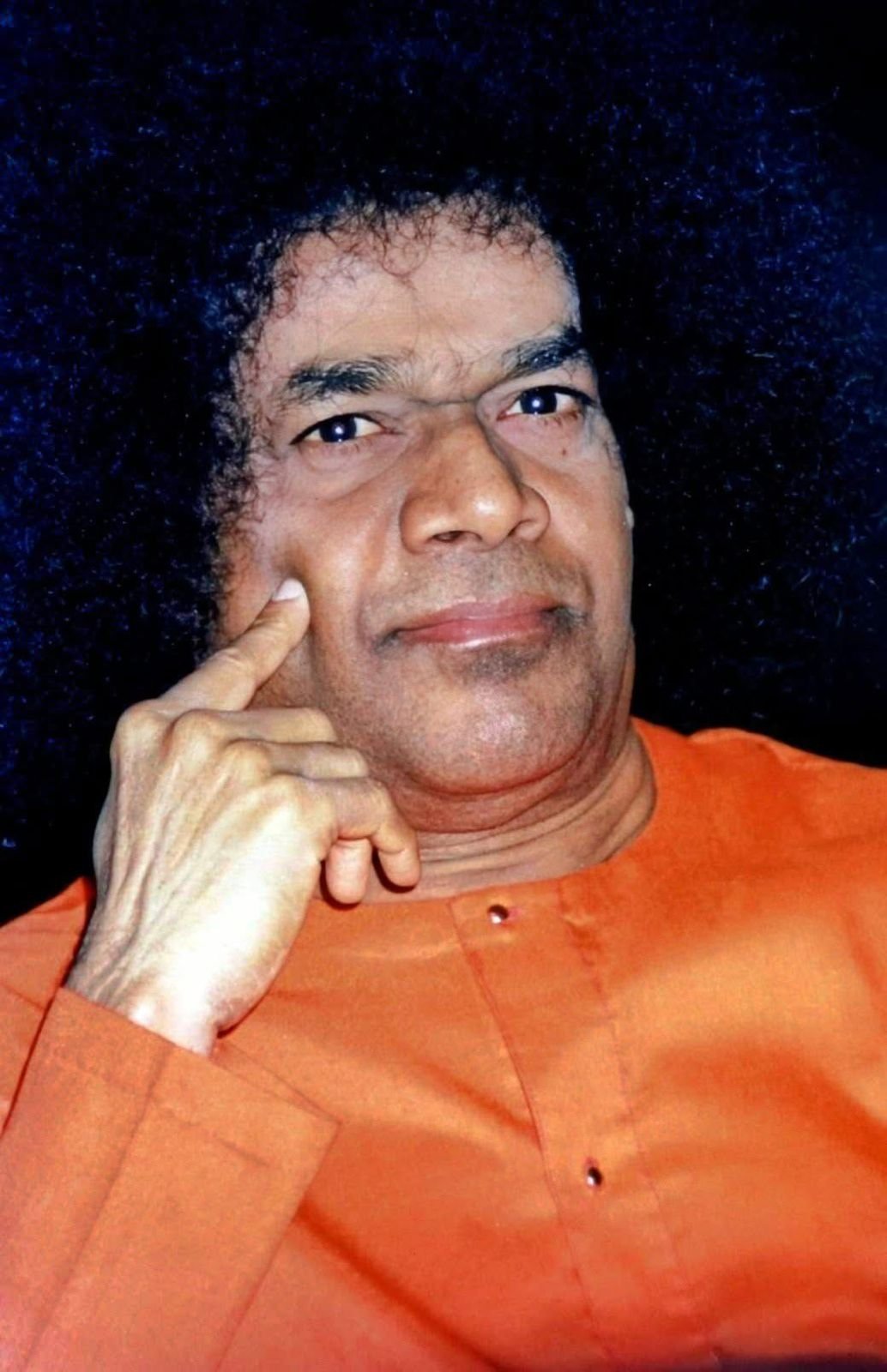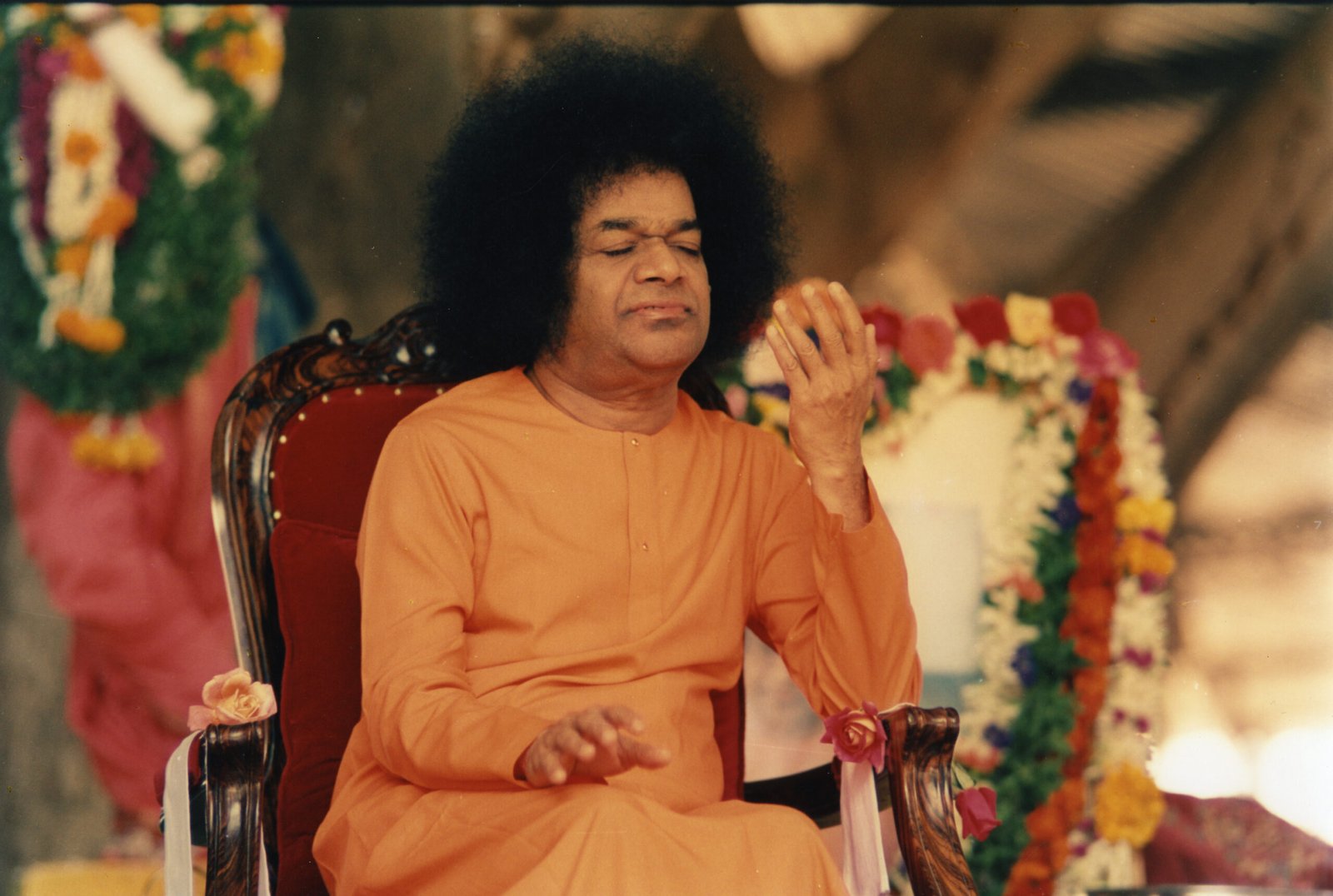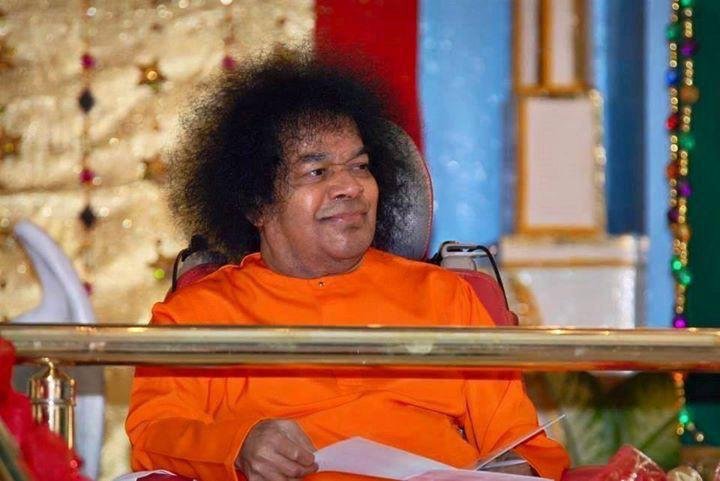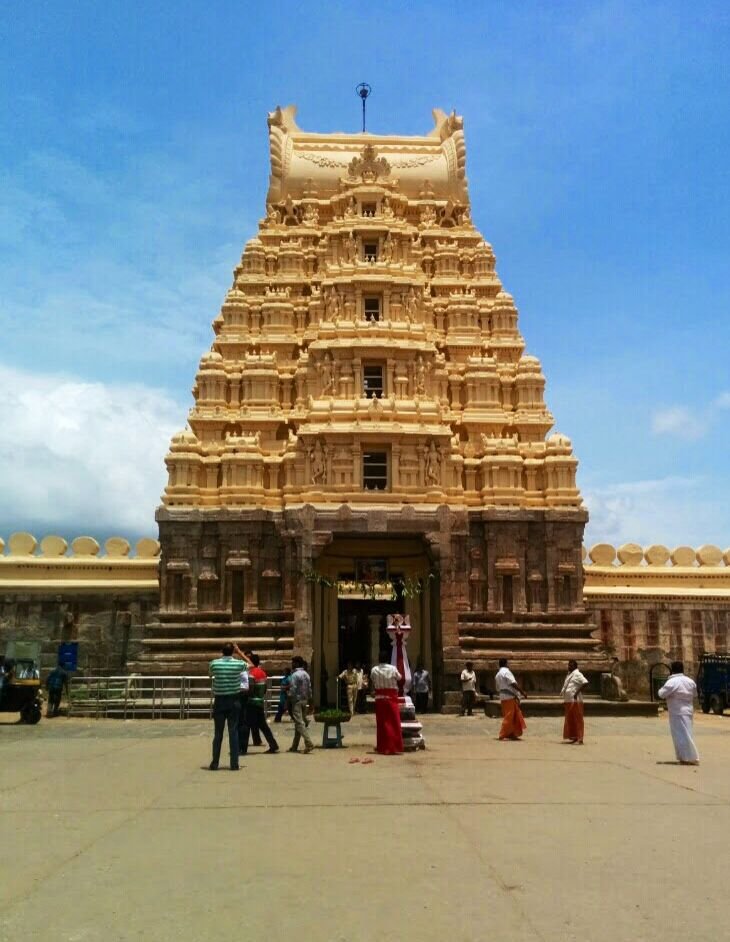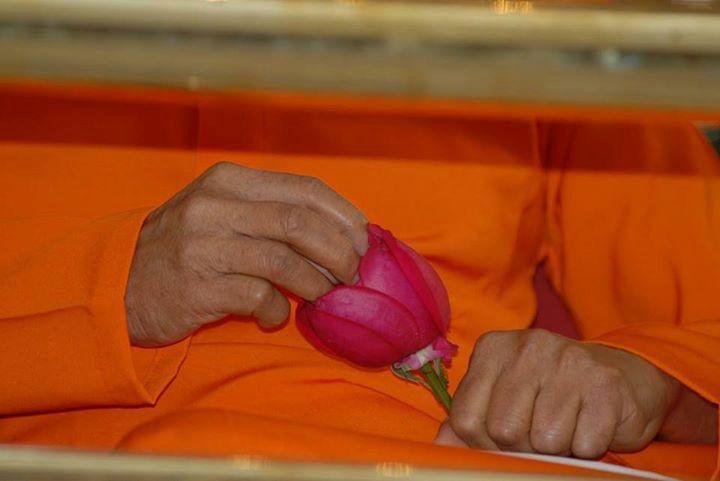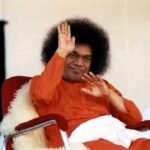Purify Yourself and the World by Singing Bhajans
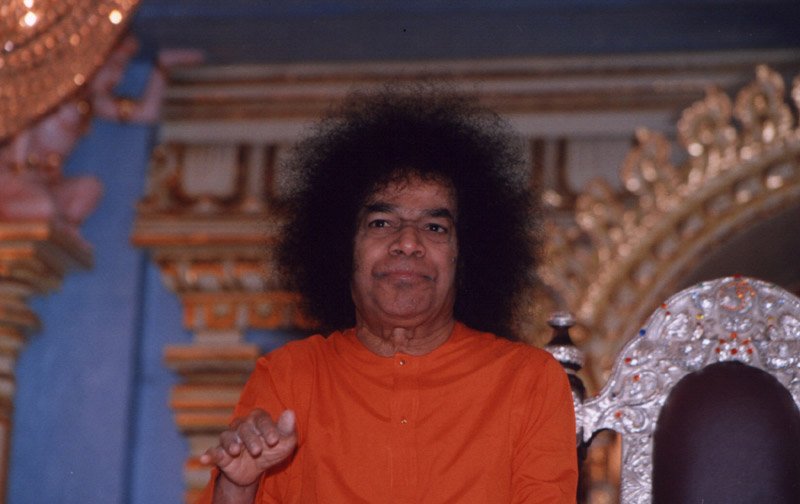
Much is spoken about Bhagawan’s miraculous deeds and mammoth projects. It is believed most people attracted to Him are drawn either by His superhuman abilities or acts of selflessness. But there is one more aspect of Baba’s message that has drawn and is still drawing people from different walks of life, cultures and age groups – Sai Bhajans. Sankirtan is an inherent part of the cultural fabric of India, but Bhagawan gave a new life to it by encouraging people to participate in Bhajans or in community singing as a primary means to redemption. He would say that in this modern era there is no Sadhana more effective than the chanting of God’s name. Further He would explain, singing aloud the name of the Lord in the form of Bhajans is like placing a lamp on the threshold of the house;
Talking on Bhajans (Sankirtanam) Swami in a discourse delivered on 3 March 1992 spoke of its importance and uniqueness. He also explained how and why we must participate in Bhajans. Swami said:
There is a big difference between Kirtanam and Sankirtanam. Kirtanam is an individual affair. It is singing by an individual for the fulfilment of his prayers. Sankirtanam aims at the well-being of the whole universe. This is also described as Samajika bhajans (community singing). This method of singing bhajans was first initiated by Guru Nanak, the founder of Sikhism.
Different types of Sankirtana
Sankirtana is of four kinds: One is Guna Sankirtana; two, Leela Sankirtana; three, Bhaava Sankirtana; four, Nama Sankirtana.
Guna Sankirtana applies to the kind of bhajan in which the devotee recites the auspicious qualities of the divine, experiences oneness with the divine, and acquires the Godly qualities. Saint Thyagaraja had recourse to this type of singing.
Leela Sankirtana refers to the enjoyment by the devotee of the sacred sport of the Divine in ecstatic dancing and singing and being totally absorbed in it. This is exemplified by the Gita Govindam of Jayadeva.

Bhaava Sankirtana: This is illustrated by Radha, who expresses her different feelings towards God and identifies herself with the Divine in every mood of devotion. Radha and Meera were the exponents of Bhaava Sankirtana.
Naama Sankirtana: Chaithanya was the exponent of this form of Keerthana. ‘All names are yours. There is nothing in this cosmos which does not bear the imprint of your name or form’ – Chaithanya revelled in singing the name of the Lord as signifying all that was beautiful and glorious in the universe.
While in each of the previous aeons the devotees adopted one or another methods of singing the glories, it is the supreme good fortune of the residents of Prasanthi Nilayam to enjoy all the four forms of Sankirtana. The bhajans sung here is a combination of all the four forms of Sankirtana.


